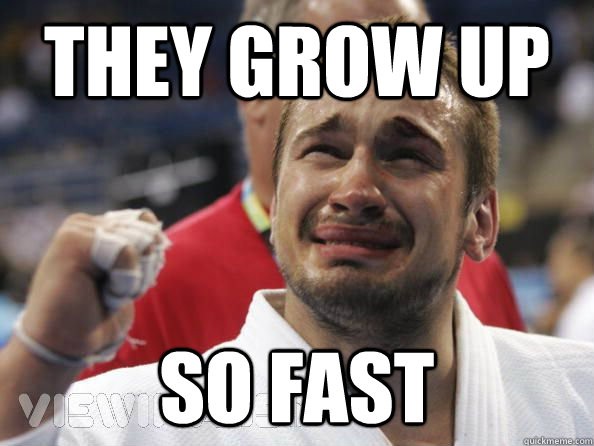There’s no denying it: Community teams are being hit very hard right now by layoffs. The tech industry is seeing revenue dry up and taking massive action to reassure stakeholders, largely by letting people go.
We could debate the intelligence of these decisions, the morality of the choice, the side effects they’ll have to deal with. But that’s neither here nor there for Community professionals who worry they are next.
The fact of the matter is: companies are cutting heads and functions that they don’t think will help drive or retain revenue over the next 12-24 months. And if they’re cutting Community teams, that means we didn’t do a sufficient enough job generating and retaining revenue and/or we didn’t do a sufficient job promoting our success.
With that in mind, here’s what I see as the name of the game for the next year or two…
👇 Get Focused – no superfluous activities.
Community teams need to figure out where they can be most valuable and laser-focus on that. No unnecessary campaigns. No flights of fancy. No expansion of scope because some other Community team is doing it and it looks cool. Do 1-2 things, and do them well.
🔬 Experiment & Iterate – don’t launch & hope.
There is too much at stake to do a big launch and hope it works. New community ideas should go through testing & iteration, much like new product ideas. Start small, measure results, expand and pivot as needed from there. Don’t stake your whole reputation on a big launch.
📈 Measure Results – get as specific and close to dollar value as possible.
Fairly straightforward. We need to be measuring the value we’re providing, and tying it as closely as possible to driving or retaining revenue. Satisfaction scores and social reach are not going to do the job.
🤝 Build Connections – make community an invaluable partner for other teams.
Along these lines, the most defensible teams are the ones other teams want to defend! Don’t build off in a corner – find other teams that have challenges you can assist with. Become their hero, and they’ll become yours.
📣 Promote The Work – make sure nobody is unaware.
Community builders are givers, which often means they’re bad at self-promotion. You need to stuff that humble instinct in a trunk and lock it during this time. Every win you land should go to your boss, and possibly your boss’s boss, and possibly many other people in the company. You should be on the tip of everyone’s tongue. Reorgs and layoffs often, sadly, happen through gut executive understanding of what’s working. Don’t wait for them to ask if things are working – make it impossible for them not to know.
👩🔧 Share Stories – make sure people FEEL what the community has done.
“Evan, didn’t you just say metrics and dollars are the most important? What is this storytelling nonsense?” Yes, the numbers are the crucial thing. But storytelling is very powerful, and community generates amazing stories. Let the impact of your work be seen in the metrics and felt in the human stories you tell.
None of this is any guarantee you or your team won’t face cuts, of course. But these are the table stakes. Any Community teams not taking the above actions are at high risk until we get out of these dark waters. Stay vigilant, stay true to yourself, and hang in there – we will get out the other side, but it’s going to be rocky for a bit.
